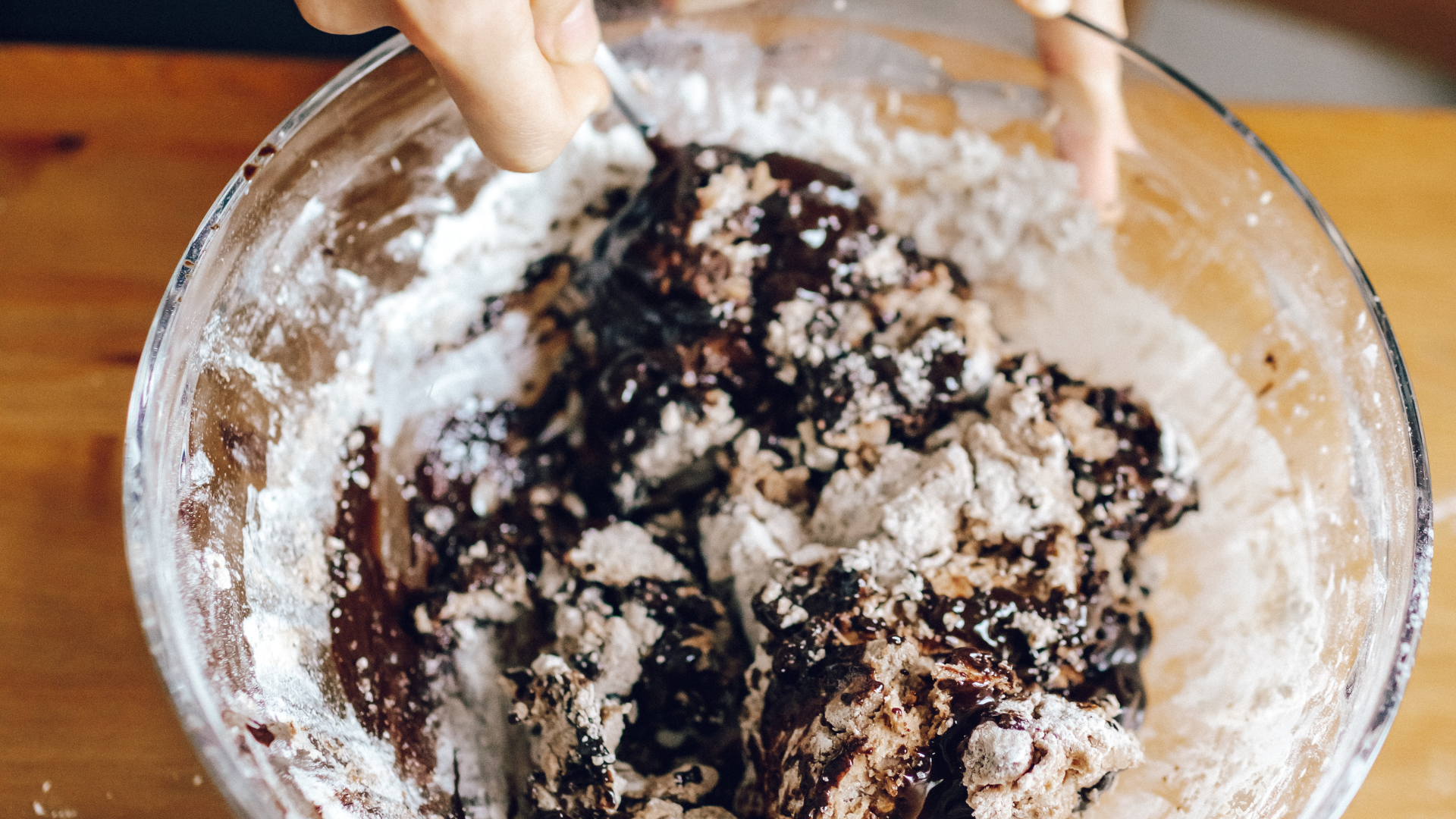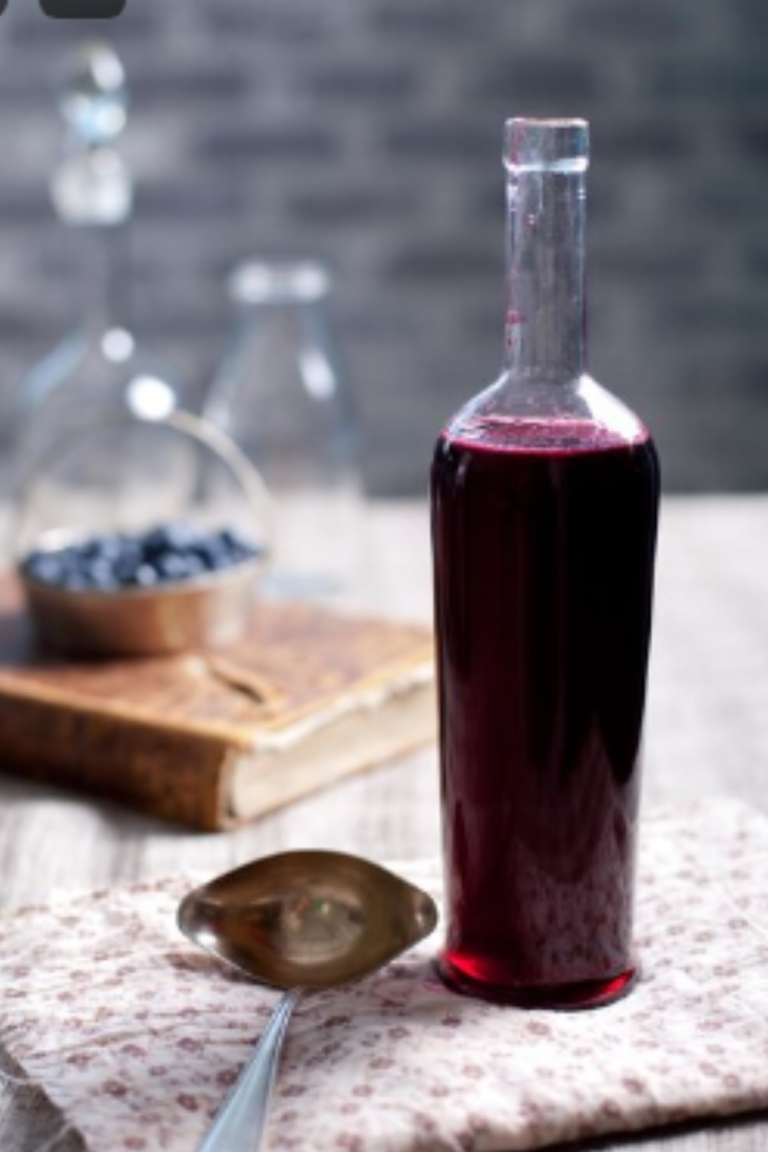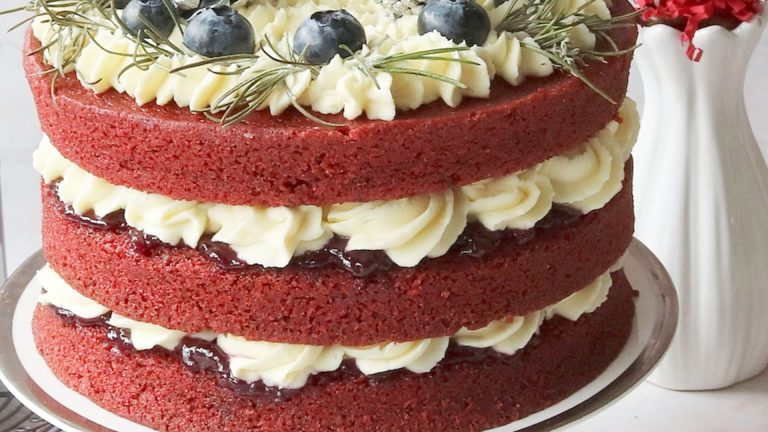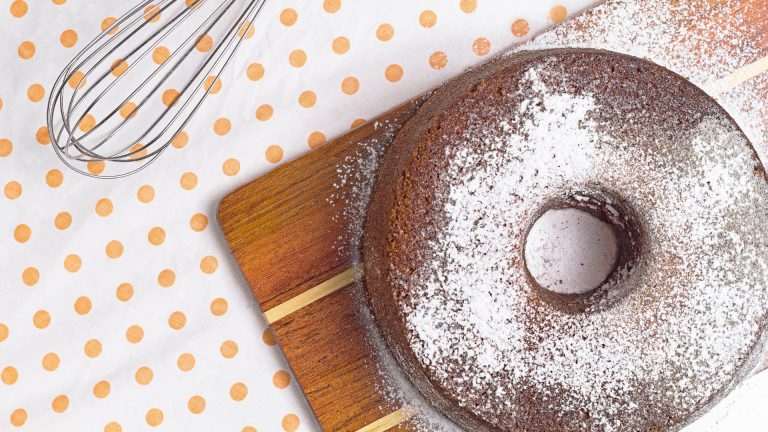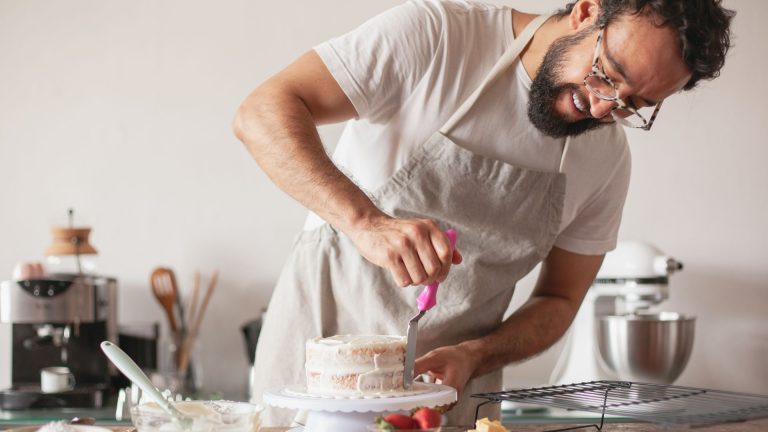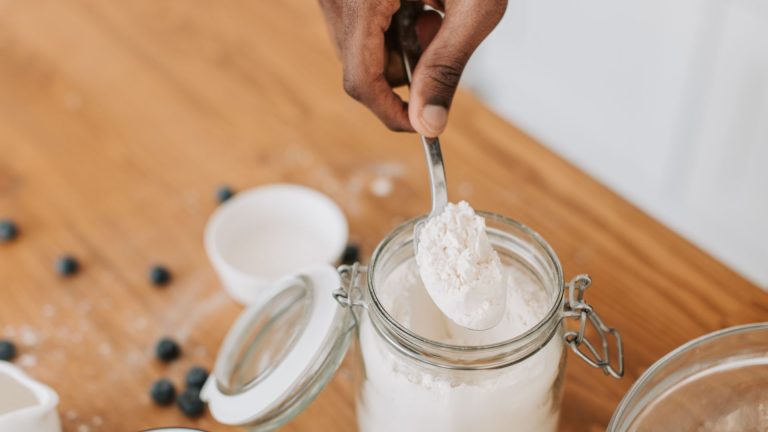FOLD: Folding role in cake making Explained
In this blog, I’ll talk about the art of folding and its crucial role in cake making based on my personal experience in the kitchen. Whether you’re a seasoned baker or just starting, understanding how to fold ingredients properly can elevate your cakes from good to spectacular.
Table of Contents
ToggleWhat Is Folding?
Folding is a gentle technique used to combine ingredients without deflating them, which is particularly important in baking. Unlike stirring or beating, folding preserves the air and structure within the mixture, which is essential for achieving a light and airy texture in cakes.== >> Check out the right cake Folding tools and ingredients that you need here
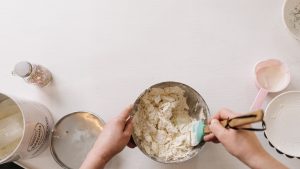
The Technique Explained
Folding involves using a spatula or spoon to gently mix ingredients. Here’s how to do it:
- Add Ingredients: Typically, you’ll add a light, airy ingredient like whipped cream or beaten egg whites into a heavier base, like cake batter.
- Cut and Lift: With a spatula, cut through the center of the mixture and then lift it up and over the top. Rotate the bowl as you go to ensure even mixing.
- Repeat Gently: Continue this cutting and lifting motion until the ingredients are just combined. Be careful not to overdo it; you want to maintain the volume and lightness.== >> Check out the right cake Folding tools and ingredients that you need here
Why Folding Matters
Folding is crucial for maintaining the delicate balance in recipes that rely on incorporating air. For instance, in sponge cakes and soufflés, air bubbles trapped in the mixture give these desserts their characteristic fluffiness. Over-mixing can lead to dense, heavy cakes, so mastering folding ensures the final product is light and airy.
When to Use Folding
You’ll use folding in several scenarios:
- Incorporating Egg Whites: When making a sponge cake, beaten egg whites are folded into the batter to provide lift and structure.
- Combining Whipped Cream: Adding whipped cream to a mixture requires folding to keep the cream’s airy texture intact.
- Mixing Light Ingredients: Any time you’re combining a light, airy ingredient with a heavier base, folding is the technique of choice.== >> Check out the right cake Folding tools and ingredients that you need here
Tips for Perfect Folding
- Use the Right Tools: A flexible spatula or a large spoon works best for folding.
- Be Gentle: The goal is to combine ingredients without knocking out the air. Use a light hand and be patient.
- Avoid Overmixing: Fold just until ingredients are combined. Overmixing can result in a denser texture.
== >> Check out the right cake Folding tools and ingredients that you need here
Folding vs. Stirring: Understanding the Differences
When it comes to baking and cooking, understanding the difference between folding and stirring can make a big impact on the texture and outcome of your dishes. Both techniques are essential, but they serve distinct purposes and produce different results.
Stirring
Stirring is a more vigorous technique used to combine ingredients, often when creating a smooth, uniform mixture. Here’s how it works:
Use a Spoon or Whisk: Stirring usually involves a spoon, whisk, or other utensil that can handle a bit of elbow grease.
Mix with Force: You mix the ingredients in a circular motion, often vigorously, until they are well combined.
Goal: The goal is to blend ingredients thoroughly, which is ideal for creating sauces, soups, or batters that need a uniform consistency.
When to Use Stirring
Stirring is typically used when the ingredients are similar in texture or when you need to dissolve or integrate them completely. For example:
Mixing Cake Batter: Stirring is common when combining ingredients like flour and sugar with liquids, as it helps to incorporate everything evenly.
Making Sauces: Stirring ensures that ingredients like flour and fat blend smoothly without lumps.
Cooking Stews and Soups: Stirring helps to blend flavors and achieve a consistent texture.
Folding
Folding, on the other hand, is a much gentler technique used to combine lighter ingredients with heavier ones without losing air and volume. Here’s a breakdown:
Use a Spatula: A flexible spatula or large spoon is typically used.
Cut and Lift: You cut through the mixture and lift ingredients from the bottom, then fold them over the top. The motion is usually slow and deliberate.
Goal: The aim is to maintain airiness and prevent overmixing, which is crucial for achieving a light and fluffy texture in cakes and other baked goods.== >> Check out the right cake Folding tools and ingredients that you need here
When to Use Folding
Folding is preferred when you’re working with delicate mixtures where preserving air is important. For instance:
Incorporating Egg Whites: When making a soufflé or sponge cake, beaten egg whites are folded into the batter to add lightness.
Adding Whipped Cream: Folding whipped cream into a mixture ensures it stays airy and doesn’t collapse.
Combining Light and Heavy Ingredients: When blending something light, like flour, into a thicker mixture, folding helps keep the final product airy.
Key Differences
Technique: Stirring is more vigorous and uses a continuous, circular motion, while folding is gentle and involves cutting through and lifting ingredients.
Purpose: Stirring aims for thorough blending, while folding preserves air and texture.
Outcome: Stirring can create a uniform texture, which is ideal for batters and sauces. Folding, however, maintains a light, airy texture, which is crucial for baked goods like cakes and soufflés.
Why It Matters
Choosing the right technique impacts the final texture and quality of your dish. Stirring helps achieve smooth, well-mixed ingredients, while folding ensures lightness and fluffiness by carefully combining ingredients.== >> Check out the right cake Folding tools and ingredients that you need here
Folding vs. Stirring: A Comparison Table
| Aspect | Folding | Stirring |
|---|---|---|
| Technique | Gentle; cut through mixture and lift ingredients | Vigorous; mix ingredients in a continuous circular motion |
| Utensil Used | Flexible spatula or large spoon | Spoon, whisk, or spatula |
| Purpose | Combine lighter ingredients without deflating them | Thoroughly blend ingredients for uniform consistency |
| Impact on Texture | Maintains airiness and lightness | Can create a smooth, consistent texture |
| Common Uses | Incorporating beaten egg whites, whipped cream into batter | Mixing cake batter, sauces, soups |
| Risk of Overmixing | Minimal; designed to prevent overmixing | Higher risk; overmixing can lead to dense or tough results |
| Final Result | Light, airy texture | Uniform, often denser texture |
Key Notes and Considerations
Folding
- Preserves Air: Essential for recipes requiring lightness, such as sponge cakes or soufflés.
- Gentle Motion: Helps maintain the airy texture of ingredients like whipped cream or beaten egg whites.
- Technique Sensitivity: Requires careful handling to avoid deflating or overmixing the mixture. Practice is key to mastering this technique.
- Suitable Ingredients: Best for combining light, fluffy elements with heavier mixtures without losing volume.
Stirring
- Uniform Mixing: Ideal for creating a consistent mixture where texture and flavor integration are important.
- Vigorous Motion: Helps blend ingredients thoroughly but can lead to overmixing if not done correctly.
- Technique Versatility: Useful in a wide range of recipes, from batters and doughs to sauces and soups.
- Risk of Overmixing: Stirring too vigorously or for too long can affect the final texture, particularly in recipes requiring a delicate consistency.
Considerations
- Recipe Requirements: Choose the technique based on the recipe’s texture needs. Folding is best for maintaining lightness, while stirring is suitable for even blending.
- Ingredient Types: Consider the type of ingredients being mixed. Delicate, airy ingredients require folding, whereas more robust ingredients can be stirred.
- Desired Outcome: Think about the final texture you want to achieve. Use folding for airy, light textures and stirring for smooth, well-integrated mixtures.
- Practice: Both techniques benefit from practice. Understanding how each affects the final product helps in achieving desired results consistently.
FAQs on Folding vs. Stirring
What’s the main difference between folding and stirring?
Folding is a gentle technique used to combine ingredients without losing air and volume, ideal for recipes needing a light texture. Stirring is a more vigorous method for mixing ingredients thoroughly and creating a uniform consistency.
When should I use folding instead of stirring?
Use folding when incorporating light, airy ingredients like beaten egg whites or whipped cream into a heavier base. Stirring is suitable for mixing ingredients that don’t require preserving air, such as batters or sauces.
Can stirring affect the texture of my baked goods?
Yes, stirring can affect the texture. Over-stirring can lead to dense, heavy baked goods because it can deflate the mixture and develop gluten too much. It’s crucial to follow the recipe’s instructions on mixing to achieve the desired texture.
Is it possible to over-fold?
While over-folding is less common than over-stirring, it’s still possible. Over-folding can result in a mixture that loses some of its lightness. Aim to fold until the ingredients are just combined.== >> Check out the right cake Folding tools and ingredients that you need here
How do I know if I’m folding correctly?
You’re folding correctly if the mixture is gently combined without losing its airiness. Look for a smooth, consistent texture where the lighter ingredients are well integrated into the heavier base without overmixing.
Can I use a mixer for folding?
Using a mixer for folding is not recommended because it’s too aggressive and can deflate the mixture. A spatula or large spoon allows for the gentle, controlled folding needed to maintain the mixture’s light texture.
How do I prevent over-mixing when stirring?
To prevent over-mixing, stir just until the ingredients are well combined. Follow the recipe instructions and avoid stirring beyond the point where the mixture achieves a smooth, even consistency.== >> Check out the right cake Folding tools and ingredients that you need here
Final Words
Understanding the difference between folding and stirring is crucial for achieving the right texture and consistency in your cooking and baking. Each technique has its specific use and impact on the final product. By mastering these methods, you can ensure that your cakes, batters, and sauces turn out just as you envision them.
Folding preserves the delicate structure of ingredients, making it ideal for light and airy dishes, while stirring ensures a thorough blend for consistent results. Knowing when and how to use each technique can elevate your culinary creations and help you achieve professional-level results in your kitchen. Happy cooking and baking.

Hi!
I’m Mike, the creator of Forum Foodies. In my own personal experience, understanding ingredients is key to great cooking.
Forum Foodies offers guides on various ingredients, from staples to exotic finds. Join our community, share your experiences, and learn from fellow food lovers.
Have questions or suggestions? Email me at info@forumfoodies.com. Let’s embark on this delicious adventure together.
Happy cooking.
Mike/
Related Posts
- FDR: Folding role in cake making Explained
When it comes to baking, especially making cakes, there’s a lot more that goes into…
- SCO: Scooping role in cake making Explained
In the world of cake making, every little detail matters. One technique that might seem…
- SLC - Slicing role in cake making Explained
When it comes to baking, the art of slicing can make or break the final…
- BRU: Bruising Role in Cake Making Explained
When it comes to baking, it’s easy to get caught up in the complexities of…
- CUT - Cutting role in cake making Explained
In this topic, I’m going to talk about the often-overlooked but crucial aspect of cake…
- TMP: Tempering Role in Cake Making Explained
In this topic, I’m going to talk about tempering, a technique that’s often overlooked but…
- BSH: Basting role in cake making Explained
In this topic, I'll talk about BSH basting and its role in cake making, sharing…
- FZ: Freezing role in cake making Explained
In this topic, I’m going to talk about the role of freezing in cake making,…
- FRY: Frying Role in Cake Making Explained
In this topic, I'm going to talk about a fascinating technique in cake making: frying.…
- GRD: Grating role in cake making Explained
When it comes to cake making, it's often the little details that make a big…
- DST: Dusting role in cake making Explained
In this topic, I’m going to talk about dusting and its crucial role in cake…
- SPN: Spoon role in cake making Explained
Hey there, cake lovers. In this topic, I'm going to talk about the humble spoon…
- PST: Pastry Role in Cake Making Explained
When it comes to baking, pastries are often thought of as their own special category,…
- SCR - Scoring Role in Cake Making Explained
When it comes to cake making, every detail matters, from the ingredients you use to…
- PSG - Pasting role in cake making Explained
In this topic, I’m going to talk about PSG (Pasting) and its crucial role in…

